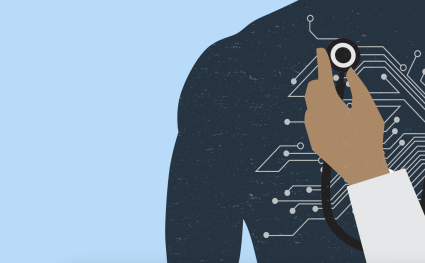Report
Consensus Definition of Misophonia A Delphi Study
Image

Sylvie Raver
Senior Director, Science Philanthropy Accelerator for Research and Collaboration (SPARC) team, Milken Institute Strategic Philanthropy
Sylvie Raver is a senior director on the Science Philanthropy Accelerator for Research and Collaboration (SPARC) team at Milken Institute Strategic Philanthropy. Raver applies her expertise in neuroscience, neurodegenerative disease, mental health, and biomedical research to identify opportunities for philanthropic investments that can have a transformative impact on medical research and health.
Image

Cara Altimus, PhD
Managing Director, Science Philanthropy Accelerator for Research and Collaboration (SPARC) team, Milken Institute Strategic Philanthropy
Cara Altimus, PhD is a managing director on the Science Philanthropy Accelerator for Research and Collaboration (SPARC) team at Milken Institute Strategic Philanthropy, leading the science and health innovation portfolio. A PhD neuroscientist, Altimus advises individual philanthropists and foundations on the state of research for various areas including neurodegenerative disease and mental health, identifying opportunities where their capital can make the biggest impact.















